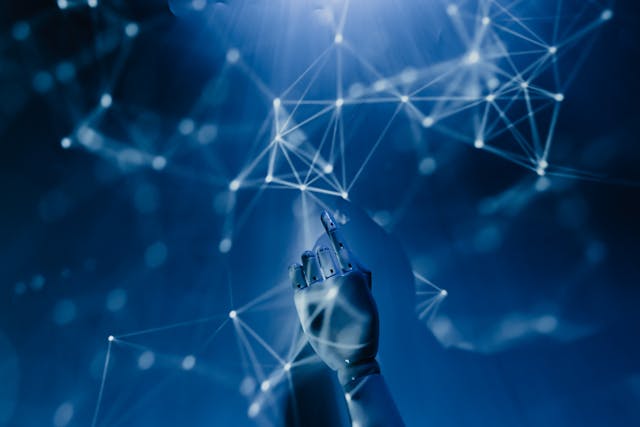Most people think AI is changing productivity, content creation, hiring, healthcare, and business operations. But the biggest shift coming in the next two years is something deeper: how humans decide what and who to trust online.
The internet used to feel messy but real — people believed reviews because they were written by humans, trusted photos because they came from cameras, and followed influencers because they existed in the world.
In 2026, none of those assumptions will be reliable anymore.
We’re entering the era where AI will not just shape information — it will shape belief.
1. Reviews Will No Longer Be Proof of Reality
By late 2026, roughly 40–60% of online reviews will be written, summarized, or rewritten using AI — not by the businesses, but by consumers themselves using AI extensions to “auto-write impressions.”
That means:
- ⭐️ 5-star reviews won’t guarantee quality
- ⚠️ 1-star reviews may be AI-generated negativity loops
- 🛑 Platforms will need “verified human context” badges
Trust shifts from **written words** → to **behavioral patterns, metadata, and social proof clustering**.
2. Influencers Will Be Replaced by Synthetic, AI-Created Personalities
AI-generated avatars already have millions of followers. But the next wave isn’t animated characters — it’s realistic, fully AI-generated humans that brands can own.
Why brands will prefer them:
- No scandals
- No contracts
- No scheduling issues
- No aging or burnout
- 100% controllable narrative
Which means a new question emerges for users: “Do I trust this person because they’re real — or because they’re convincing?”
3. “Authenticity” Will Become a Commodity, Not a Default
Once AI can generate:
- Realistic product photos
- Fake but personal-sounding testimonials
- Voice notes that sound like customers
- Face-to-camera videos with synthetic humans
Then **authentic content becomes the rarest content online.**
We already reached the phase where people say: “I don’t know if this is real, but it looks real enough.”
In 2026, we move to: “I assume it’s fake unless proven otherwise.”
4. AI Will Filter Information Before We Ever See It
Right now, users choose what to consume. Soon, AI layers will choose what we never see at all.
That includes:
- What news is worth showing
- Which posts seem “emotionally safe”
- Which sources align with past beliefs
- Which messages get priority notifications
Search → feed → curated feed → **AI-personalized worldview**
Trust won’t depend on “what is true” but on “what the AI decides is relevant for me.”
5. Consumers Will Trust Systems More Than Brands
Before: people trusted companies. Now: people trust platforms. Soon: people will trust **AI layers more than both.**
Example:
- You won’t trust a detergent brand — but you’ll trust “Amazon’s top pick for your laundry habits.”
- You won’t trust a hotel review — but you’ll trust “AI-ranked based on 120,000 guest patterns like yours.”
- You won’t trust a product website — but you’ll trust “AI summary from 50 verified sources.”
Brands lose power. AI intermediaries gain it.
So Who Will Consumers Believe?
✅ Verified identity humans
✅ Platforms with traceable data trails
✅ AI-generated analysis from multiple sources (not single opinions)
✅ Transparent content labeled as AI or human-produced
✅ “Slow content” (long-form, non-viral, human timestamped)
Trust becomes a signal quality metric, not a feeling.
Where to Track This Shift
This shift is already visible across UAE e-commerce, GCC influencer markets, travel reviews, TikTok ads, and AI-enabled customer service systems. Ongoing breakdowns are published on global culture, media, and consumer behavior intelligence.
Final Thought
The era of “don’t believe everything you read online” is over.
Now we’re entering:
“Don’t believe everything that feels human online.”
AI won’t destroy trust. It will force a higher standard for it.
